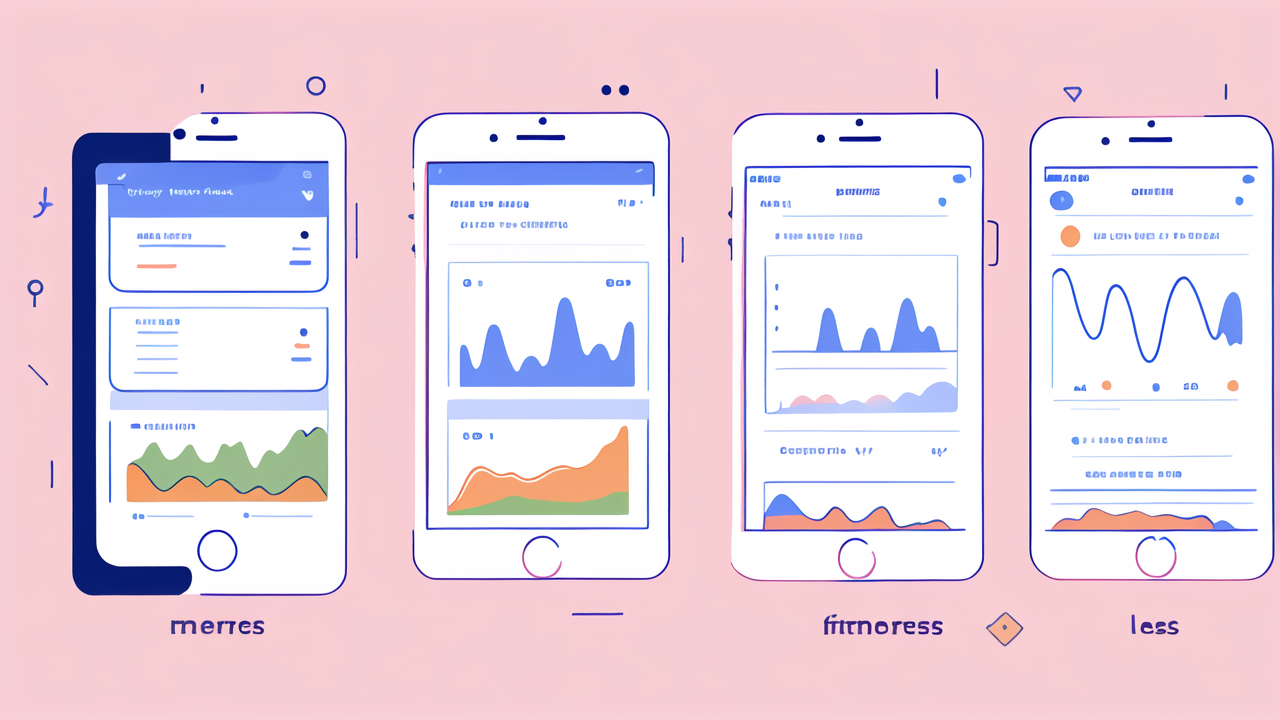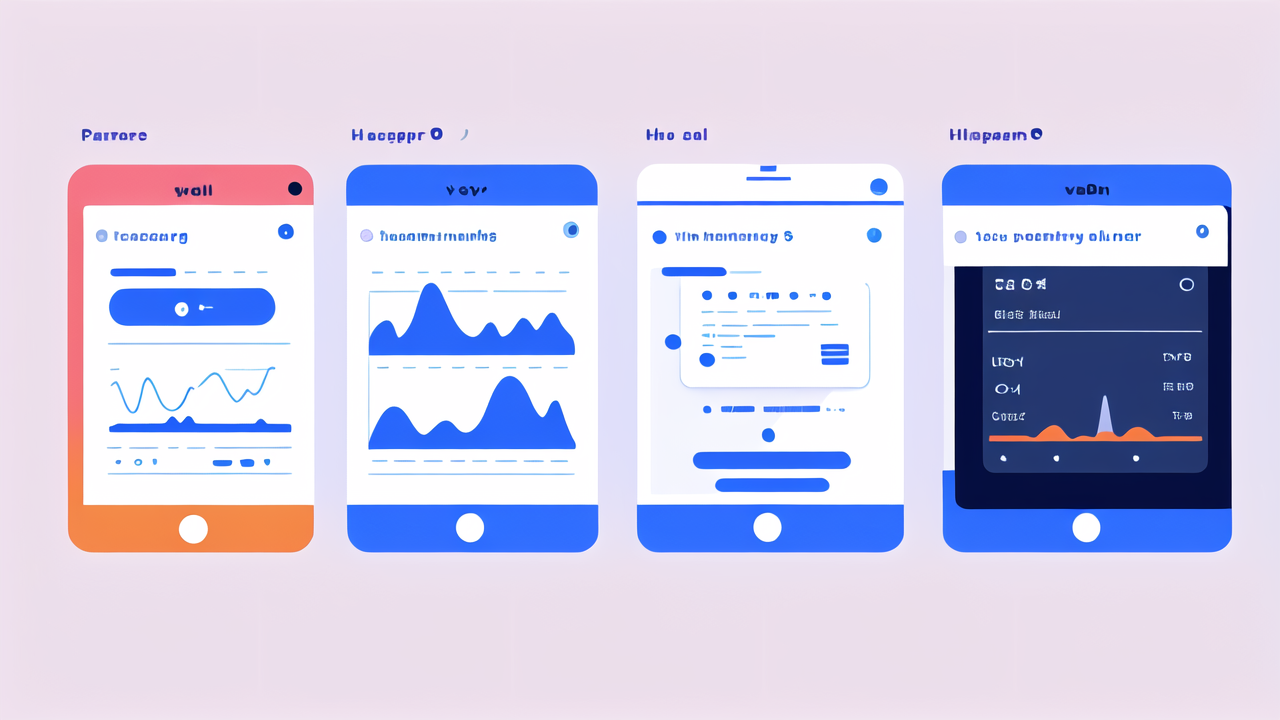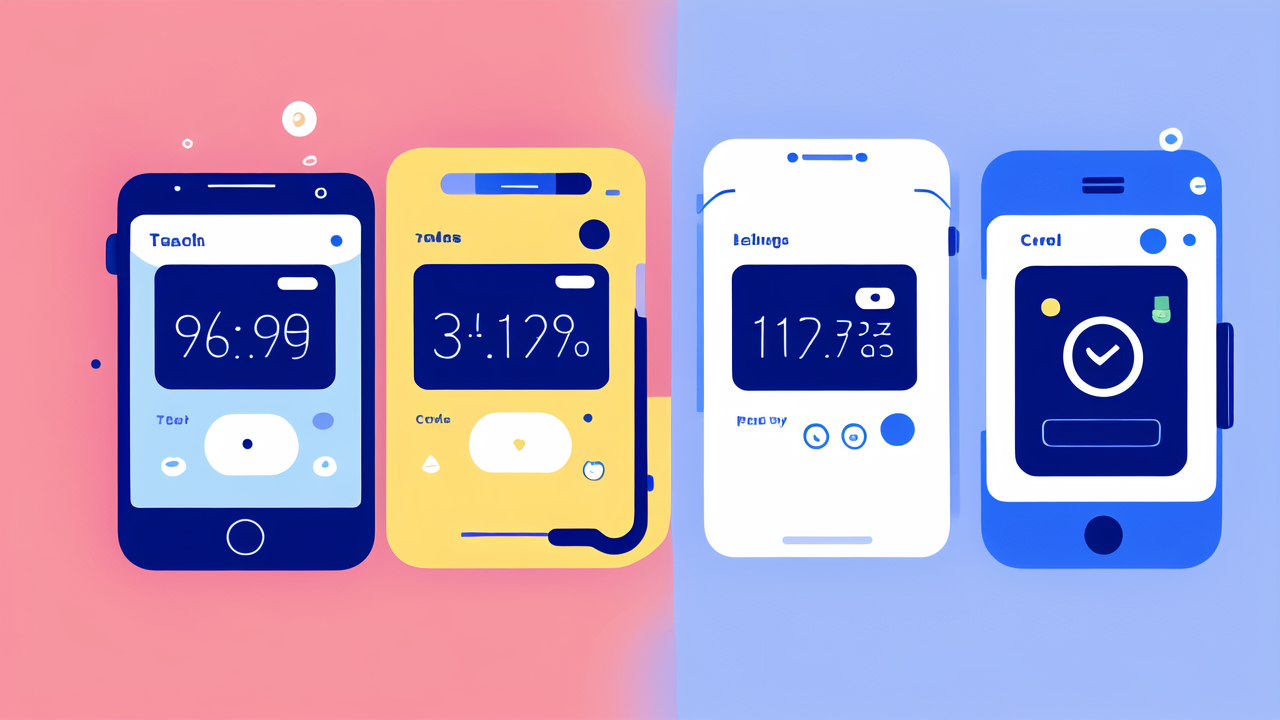Understanding Wearables: The Intersection of Fashion and Technology
The Evolution of Wearable Technology in the US Market
Wearable tech has come a long way in the US market. It started with simple fitness trackers. These devices counted steps and tracked basic health data. Over time, they got smarter and more stylish.

Today, wearables blend into our daily lives. Smart watches are now fashion statements. They do more than just tell time. These devices monitor health, send messages, and even make payments.
The US market has seen rapid growth in wearables. Consumers want devices that look good and work well. This demand has pushed companies to innovate. They now create products that are both functional and fashionable.
As the tech improves, so does the design. Wearables now come in various styles. They suit different tastes and needs. This evolution has made wearables more appealing to a wider audience.
How Wearables are Changing the Game in Fashion
Wearables are reshaping the fashion industry. They're not just gadgets anymore. They're becoming key fashion accessories. Designers now think about tech when creating new lines.
Smart fabrics are entering the scene. These materials can change color or pattern. Some even respond to touch or temperature. This adds a new dimension to fashion design.
Wearables are also making fashion more personal. Smart clothes can adapt to the wearer's needs. They might adjust to weather or activity level. This customization is changing how we think about clothing.
The fusion of tech and fashion is creating new job roles. Fashion tech designers are in high demand. They blend coding skills with style sense. This mix is pushing both industries forward.
Wearables are also changing how we shop for clothes. Virtual try-ons use AR tech. They let shoppers see how clothes look without trying them on. This is making shopping more convenient and fun.
The Impact of Smart Watches on Fashion and Fitness Trends
Analyzing the Surge of Smart Watch Adoption in the United States
Smart watches have taken the US by storm. Their adoption rate has soared in recent years. More people are seeing them as must-have accessories.

Several factors drive this trend. First, smart watches offer convenience. They put smartphone features on your wrist. This appeals to busy Americans who want quick access to info.
Health tracking is another big draw. Many Americans use smart watches to monitor fitness goals. They track steps, heart rate, and even sleep patterns. This health data helps users make better lifestyle choices.
Smart watches also offer style options. Users can change watch faces to match outfits. Some brands offer customizable bands. This versatility appeals to fashion-conscious consumers.
The tech keeps improving, too. Newer models have longer battery life and more features. This makes them more attractive to a wider range of users.
The Synergy Between Smart Watches and Fitness Apparel
Smart watches and fitness apparel make a powerful team. They work together to enhance the workout experience. This synergy is changing how people approach fitness.
Fitness brands now design clothes with smart watch users in mind. They create pockets for devices or use fabrics that work well with sensors. This integration makes tracking workouts easier.
Smart watches can suggest workout clothes based on weather and activity. They might recommend moisture-wicking fabrics for a hot day run. This personalized advice helps users dress right for their workouts.
Some fitness apparel now has built-in sensors. These work with smart watches to provide more accurate data. For example, smart socks can track running form and prevent injuries.
The combo of smart watches and fitness wear is creating a more connected workout. Users get real-time feedback on their performance. This motivates them to push harder and achieve better results.
The Future of Fashion Wearables: Predictions and Innovations
Emerging Trends in Wearable Clothing
Wearable clothing is set to revolutionize our wardrobes. Smart fabrics are leading this change. These materials can do amazing things. Some can change color or pattern on demand.

Adaptive clothing is another exciting trend. These garments adjust to the wearer's needs. They might change thickness based on temperature. Or they could alter fit for different activities.
Energy-harvesting clothes are on the horizon. These garments could power our devices. They might use solar energy or body heat. This could solve battery life issues in wearables.
Biometric clothing is gaining traction. These garments can monitor health signs. They might track heart rate, posture, or stress levels. This data can help wearers make healthier choices.
Eco-friendly wearables are also emerging. Designers are using sustainable materials. Some are creating biodegradable electronics. This trend aligns with growing environmental concerns.
Technological Advancements Shaping the Future of Wearables
AI is set to play a big role in future wearables. It could make devices more intuitive. They might predict user needs before they arise. This could lead to truly personalized experiences.
5G technology will boost wearable capabilities. Faster data speeds will enable new features. We might see real-time language translation or enhanced AR experiences.
Flexible displays are becoming more common. They allow for new wearable form factors. We might see screens wrapped around wrists or integrated into clothing.
Battery tech is improving rapidly. This will lead to longer-lasting wearables. Some new batteries can charge in minutes. Others are so thin they can be sewn into fabric.
Haptic feedback is getting more sophisticated. This tech could create new ways to interact with wearables. It might allow for touch-based communication or enhanced navigation.
As these technologies advance, wearables will become more seamless. They'll blend into our lives in new ways. The line between fashion and technology will continue to blur.
In conclusion, wearables are reshaping both fashion and tech industries. They're making our clothes smarter and our gadgets more stylish. As innovation continues, we can expect even more exciting developments in this space.




Leave a comment
This site is protected by hCaptcha and the hCaptcha Privacy Policy and Terms of Service apply.